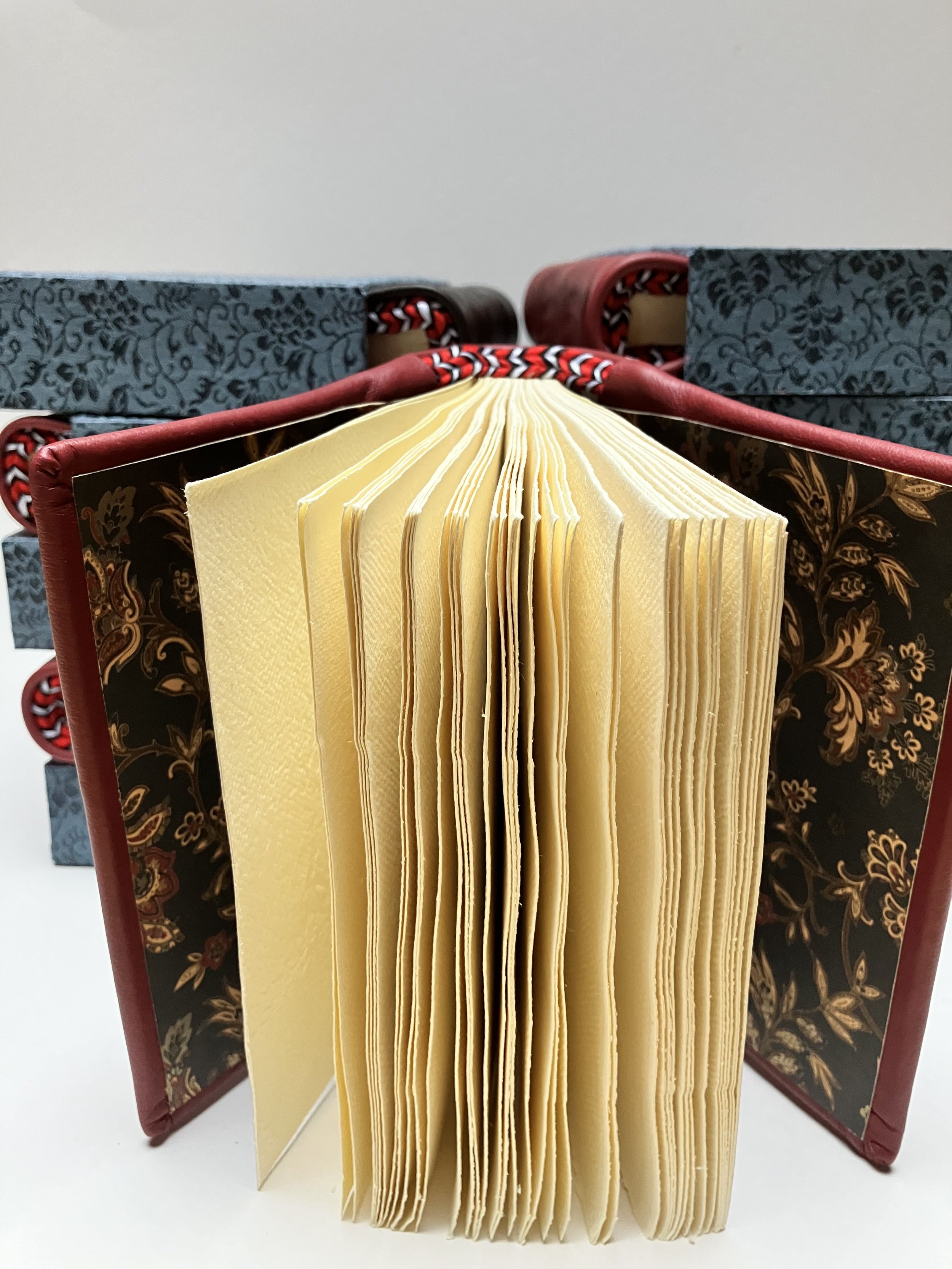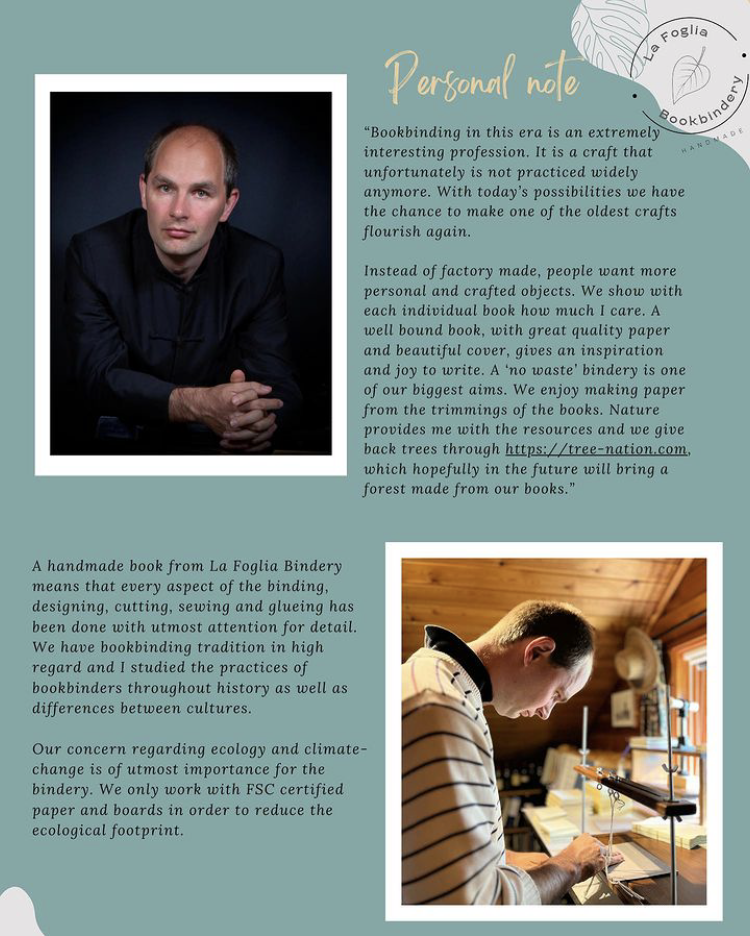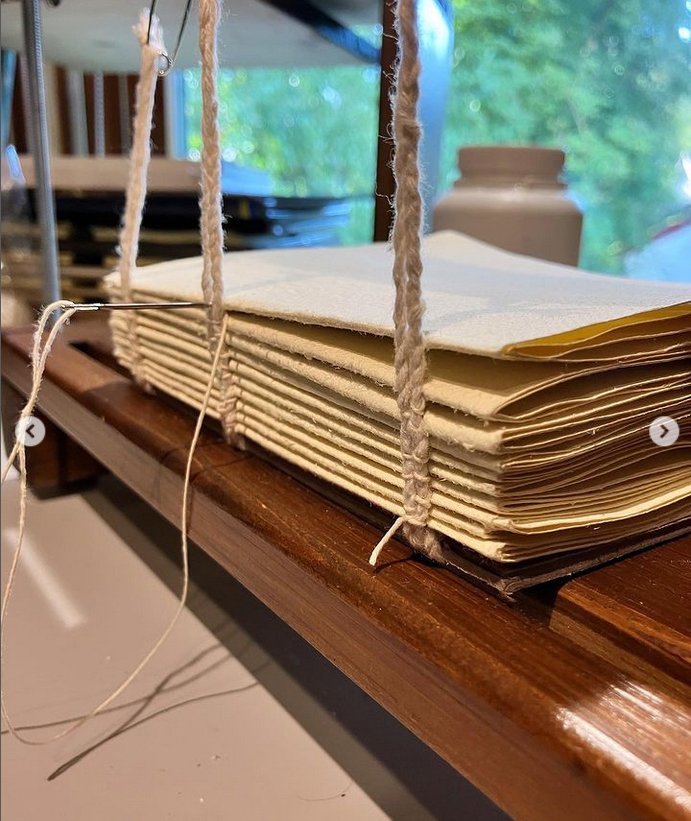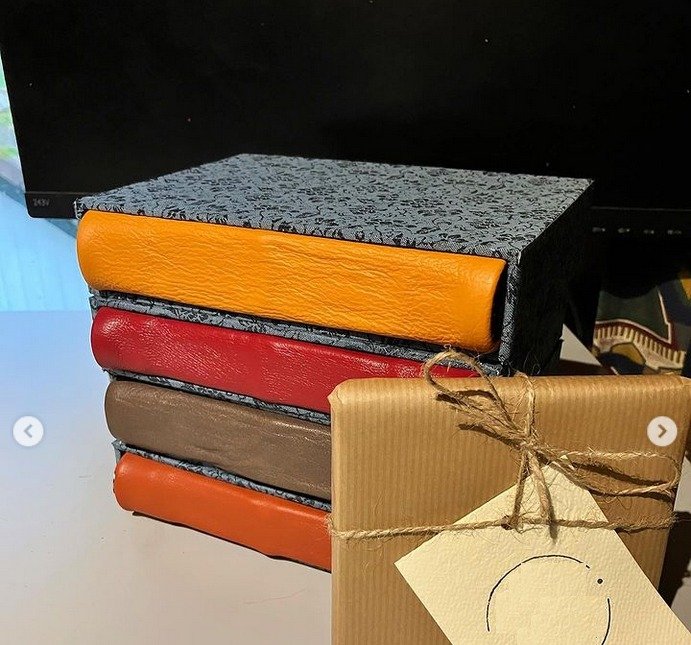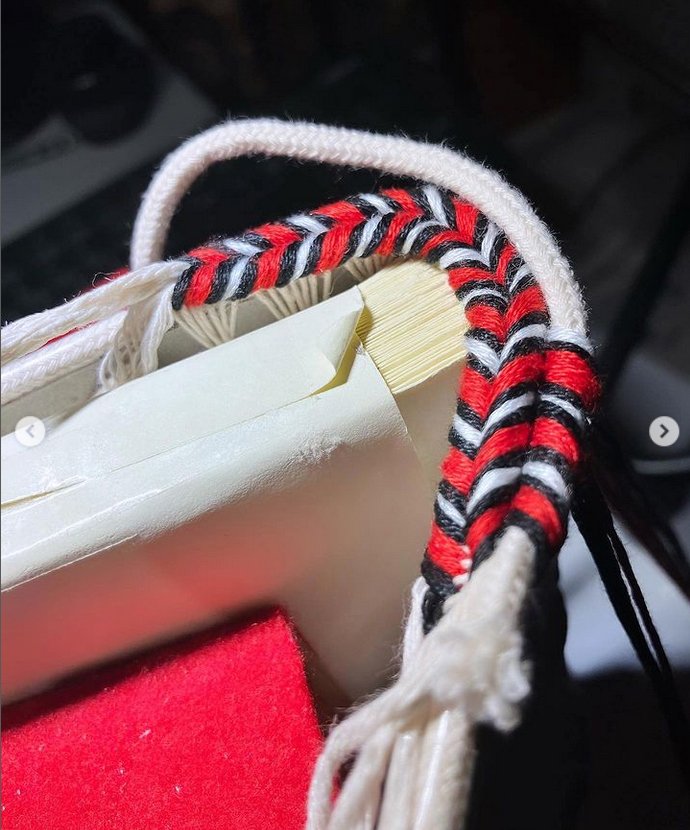By Erica DeMatos, Artscope Magazine
The Armenian Museum of America, located in Watertown, not only contextualizes Armenia’s lengthy and turmoiled past, but it also presents a more contemporary view of Armenian people today. Treasures are unveiled in “Gandzaran! Notable Selections from our Collection,” threading generations of people together through modern interpretations of a shared culture. Shadows, carvings, etchings and textiles all permanently engrave the history of a displaced country onto a physical plane, memorializing the lives that were lost to a genocide.
Melkon Hovhannisyan’s impressionistic paintings are earthy and moody, with vibrant colors that bleed into one another and subjects that are almost indistinguishable from their background. “The Walk,” 1995, is a momentary glimpse of two figures, faceless and limbless yet they still feel alive. It seems as though the two people are moving forward despite being pushed back by an imagined wind, making their journey even more difficult. The figure toward the right of the painting almost appears to have a pair of wings, hearkened by the gossamer-thin streak of white just below their head. Maybe it is a guiding angel, encouraging the person in the foreground to continue ahead despite their troubles.
“Untitled,” c. 1996, is a darker, more morose image from Hovhannisyan than its angelic counterpart, perhaps alluding to a devilish circle of religious practice. The edges of the painting are engulfed in a shadowy blackness that encircles a grouping toward its center where human-like figures are spread around in a symmetrical fashion. The painting is jagged and dangerous, with its almost exclusively vertical nature that feels pointed like a sharp knife. The figures are connected by a draped piece of fabric, but it is unclear if it is a form of protection from the outside world. This image feels more inhuman than “The Walk,” and the two displayed side by side conjure feelings of religious contention but faith in community.
Each person’s story is interwoven yet individual, relying upon a common faith and a shared story. The Armenian Genocide and its effects are well-documented throughout the collection of archives, but it also provides insight into the personal lives of those who survived, and those who survive their families today.





